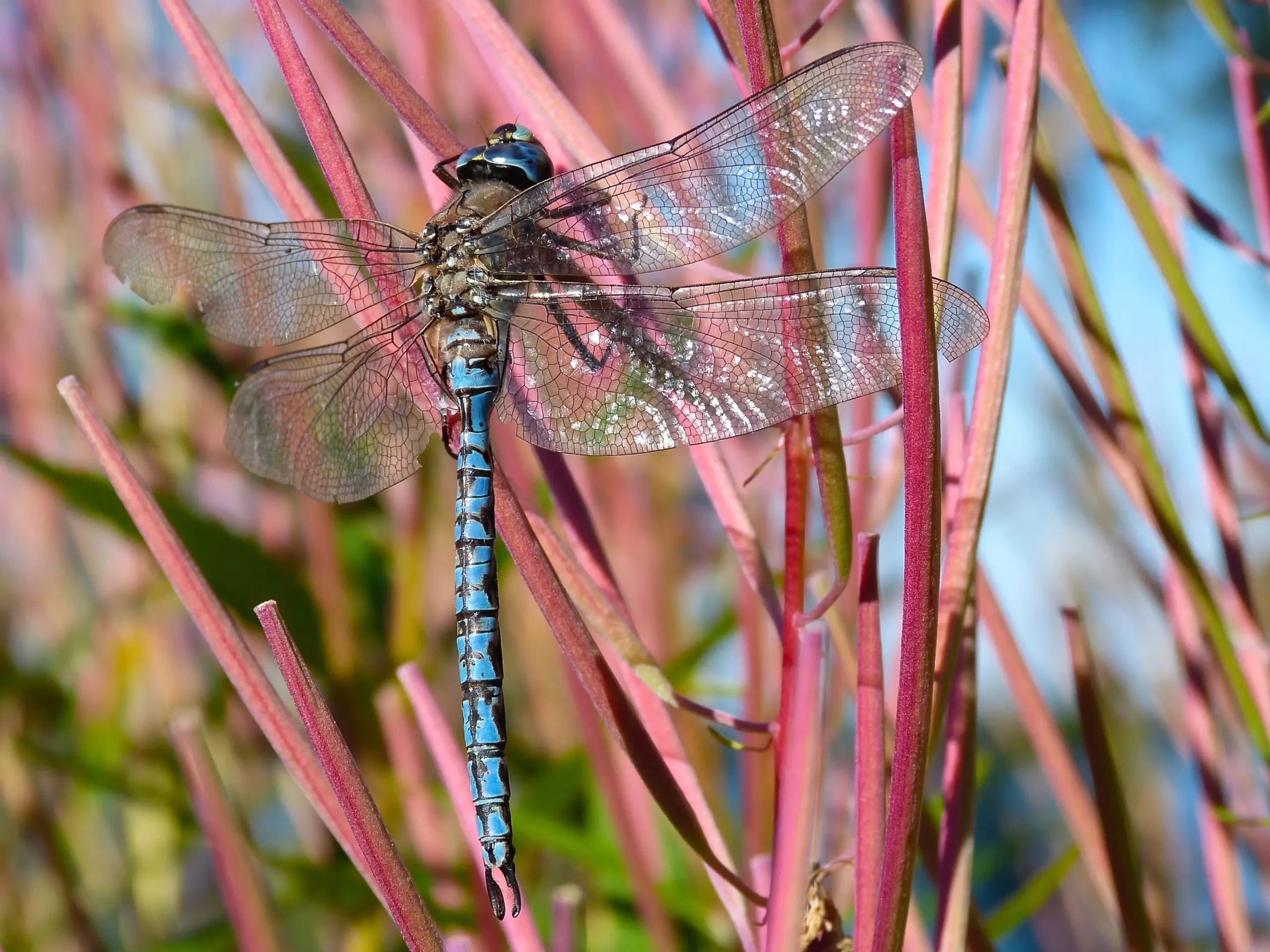A recent study has unraveled profound insights into the intricate web of mercury pollution, revealing how its sources and environmental pathways differ significantly across ecosystems. This groundbreaking research led by scientists from the U.S. Geological Survey and the National Park Service has illuminated an often-overlooked fact: the mechanisms of mercury contamination are not one-size-fits-all. While many may assume that mercury primarily stems from industrial activities, the reality is far more nuanced and ecosystem-dependent.
In drier regions, for instance, mercury primarily enters the environment via precipitation—rain and snow are the principal conduits through which this toxic element descends, settling onto the soil and water bodies. In stark contrast, the findings indicated that in wetter, forested areas, mercury exists in a gaseous form. Here, it clings to the foliage before succumbing to gravity and making its way into the ground with falling leaves. This variation is crucial for understanding the dynamics of mercury pollution and, by extension, its impact on different ecosystems.
Citizen Science: Engaging the Public in Environmental Stewardship
At the heart of this innovative study lies an engaging initiative known as the Dragonfly Mercury Project, which involves public participants in gathering dragonfly larvae samples across numerous national parks. These citizen scientists have stepped up to turn a leisurely outdoor activity into valuable scientific data, showcasing the incredible potential of community involvement in ecological research.
The project has leveraged the unique biology of dragonflies, as their larvae are present in virtually every aquatic habitat, including less accessible areas like deserts. This adaptability positions dragonflies as key bioindicators—organisms that reveal the presence of contaminants like mercury in their environment. Utilizing a sophisticated instrument, researchers can fingerprint the chemical signatures of mercury in dragonfly samples, offering insightful data on how mercury infiltrates various ecosystems.
This participatory approach is not merely about collecting samples; it embodies a powerful movement towards public education and awareness concerning significant environmental issues. By engaging local communities, the study fosters a sense of ownership over conservation efforts and elevates the importance of informed ecological stewardship.
Shifting Paradigms: Dragonflies Over Traditional Methods
Historically, researchers have focused on assessing mercury levels in prominent species such as fish and birds. However, emerging evidence suggests that dragonfly larvae provide a cost-effective alternative for monitoring mercury contamination. Their ubiquitous presence across different regions allows for a broader scope of measurement in environments where traditional species might be scarce.
This shift in focus not only transforms monitoring practices but also paves the way for richer ecological understanding. By recognizing the significance of these organisms, researchers can better predict the trajectory of mercury concentrations within food webs as emissions decline. Essentially, dragonflies are redefining the methodologies used in tracking environmental pollutants, offering an innovative lens through which to view mercury’s impact.
Implications Beyond Borders: A Global Call to Action
The repercussions of this research extend far beyond the United States. Insights on mercury’s ecosystem-specific deposition enhance the framework of global efforts aimed at mitigating mercury pollution, notably under the auspices of the Minamata Convention. This international treaty advocates for measures to protect human health and the environment from mercury’s deleterious effects—a challenge that requires a nuanced understanding of local ecologies.
Notably, recent findings from this study have highlighted unexpectedly high levels of mercury in dragonflies living in arid regions. This revelation challenges assumptions that dry ecosystems are generally at low risk for mercury accumulation, calling for a re-evaluation of strategies concerning pollutant monitoring in these settings. The study invites global researchers and environmental agencies to broaden the scope of their investigations and consider the myriad of ways mercury can impact seemingly unaffected biomes.
Empowering Conservation Through Collaborative Research
As the study’s co-authors remark, the implications for national parks extend beyond just academic curiosity; these protected areas serve as critical sanctuaries for biodiversity. By employing innovative techniques and harnessing public participation, scientists are better equipped to understand and combat the hazards posed by mercury pollution in these invaluable landscapes.
Furthermore, by intertwining rigorous research with community engagement, this project exemplifies how citizen science can drive tangible conservation outcomes. It empowers the public, elevating collective responsibility for the environment while simultaneously enhancing scientific inquiry.
The extraordinary insights gleaned from the study underscore not just the peril of mercury pollution but also the invaluable role that collaborative research plays in safeguarding our planet. As the fight against environmental degradation continues, embracing novel approaches and fostering public participation can illuminate paths toward a healthier and more sustainable future for all ecosystems.

